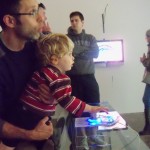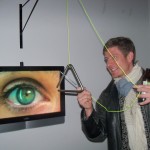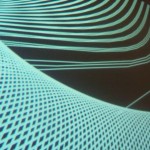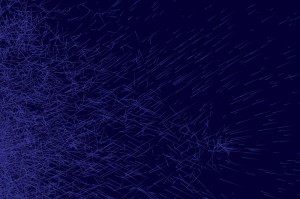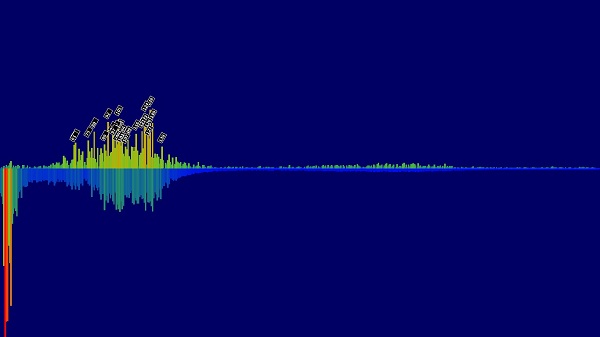I’ve been busy playing with some new toys including Supercollider, Unity, Adobe Premiere and ProcessingJS, all of which makes me feel more busy than I heretofore have realized! But it’s important that I give some blog-space to my ‘Transmissions’ show which is going up again in its entirety this Thursday, December 1st at the Design Commission Gallery. The show includes collaborations with Christian Petersen and Amber Cortes.
Come on out! Here’s the flickr from the first show. It’s going to be a lot of fun! Bring the whole family!

